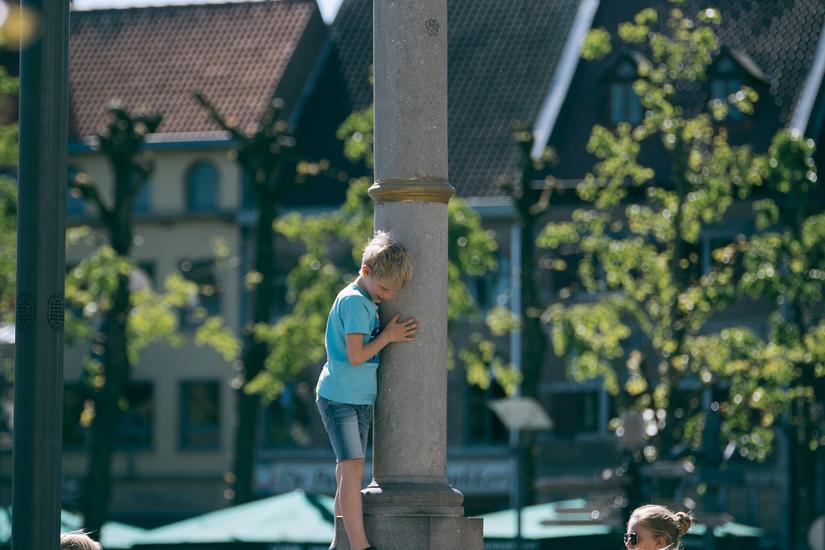When you think of Maaseik, you might think of Jan & Hubert Van Eyck, Harlindis and Relindis or the old city centre. But how did the town actually come into being?
It all started with the foundation of Aldeneik, literally called 'Old Oak'. According to legend, this is where a monastery was founded by Harlindis and Relindis in 700. In a later period, a new settlement arose along the Maastricht-Nijmegen beltway. This settlement was higher, and therefore safer. Maaseik, grew into a prosperous town and became one of the Good Cities of the Principality of Liège. It became a place for trade and gravel mining played a major economic role.
The saying goes: 'All roads lead to Rome' but in this case to Maaseik. From the central market, four main streets lead to the former city walls. That rampart housed four gates that gave access to the city. The four gates were: the Bospoort, the Eikerpoort, the Bleumerpoort and the Hepperpoort. Between the Bospoort and the Hepperpoort, you can still admire the last remnant of the old ramparts.
Maaseik's historic market square is a gem. On each corner of the market there is a water pump made by Maastricht artist Jaspar de Liège. These public pumps date from 1742 and bear witness to the city's water supply at that time. The city of old is also still clearly recognisable here. Walking through Maaseik's market today, you feel that the city's past and history is not far away. The view consists of historical buildings and monuments and the statue of the Van Eyck brothers immediately attracts attention. Jan and Hubert Van Eyck are internationally renowned for painting The Mystic Lamb and were presumably born in the city of Maaseik. They are therefore the town's icon!




